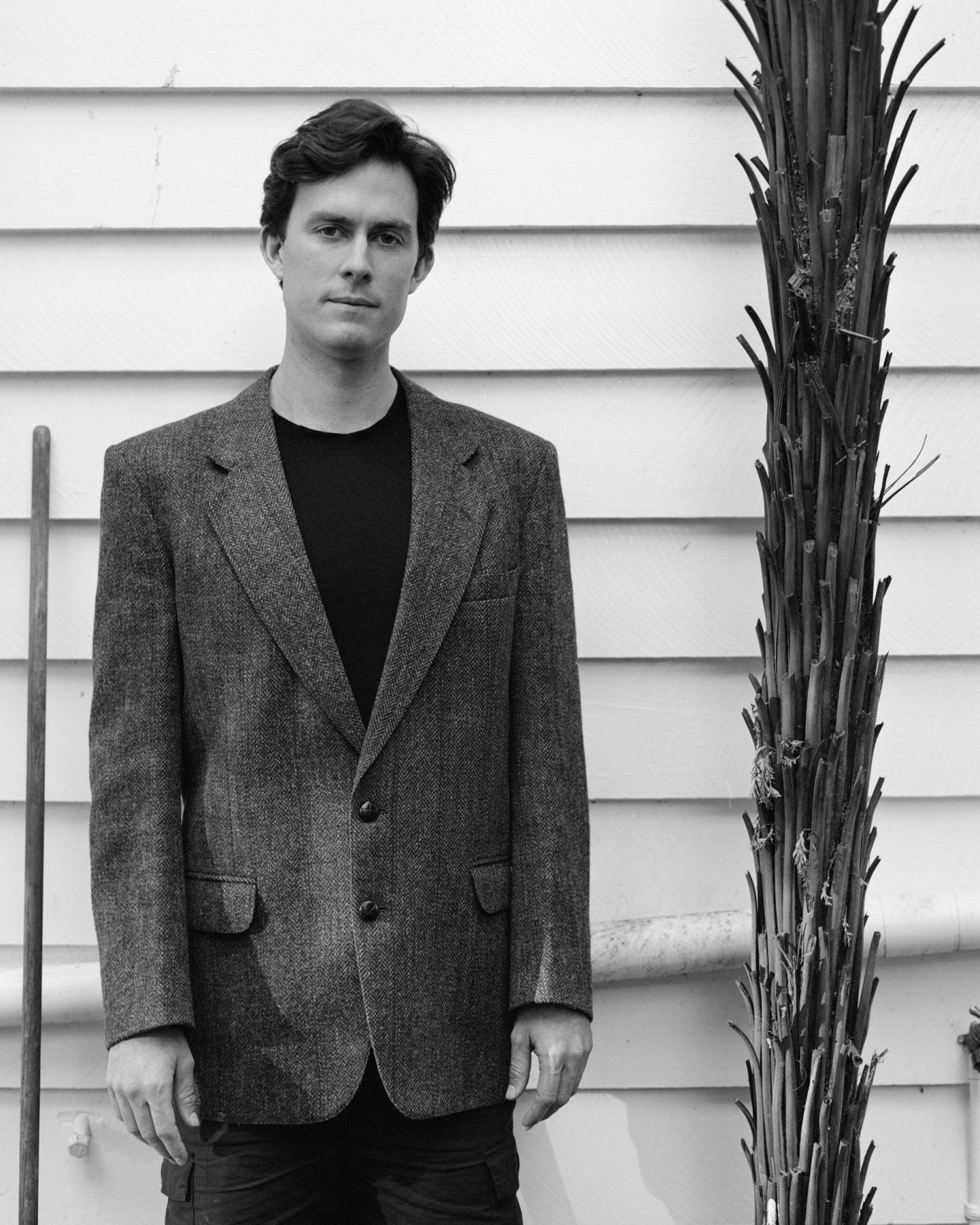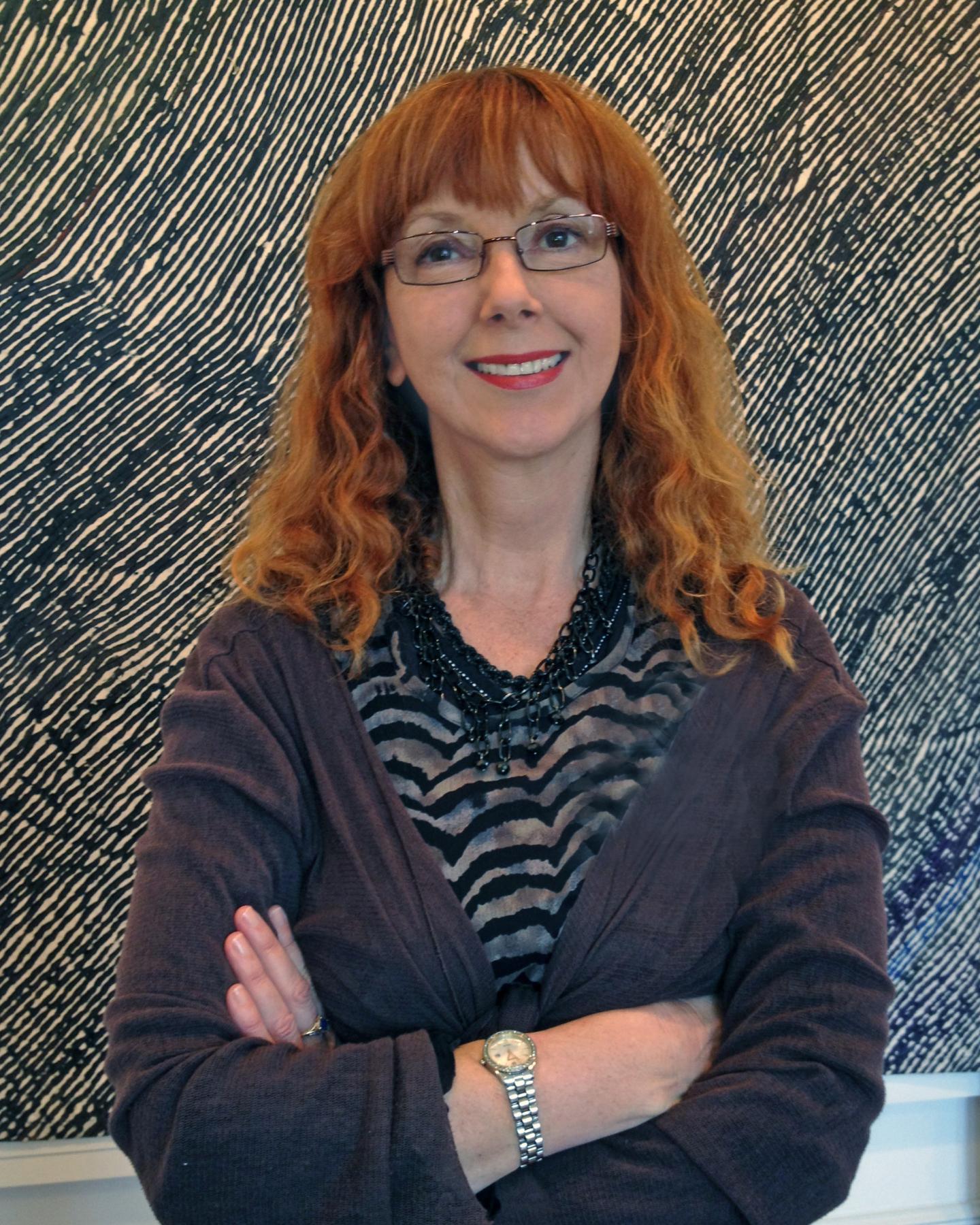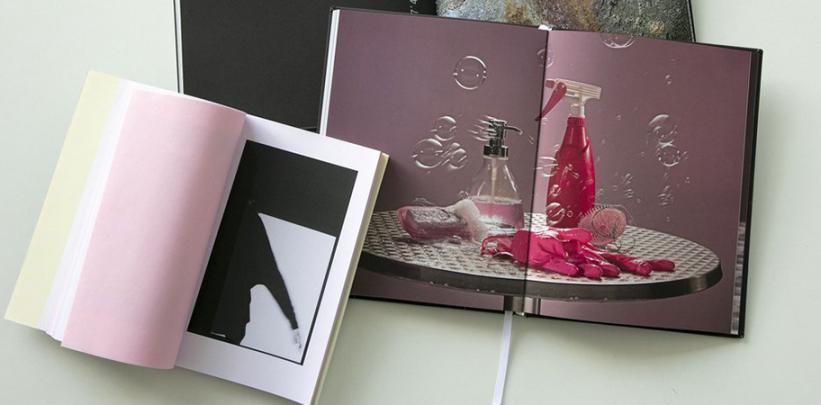Unitec graduates take up top Aotearoa Photobook awards
Earlier this year, Unitec Creative Industries graduates Sheryl Campbell and Solomon Mortimer were announced as two of the three winners of the 2022 Aotearoa Photobook Awards.
28 April 2022
The award was designed to reward outstanding photobooks produced between 21 January 2020 and 17 January 2022 by New Zealand photographers.
Photobooks have become a major phenomenon in art photography worldwide and winning or being shortlisted in a competition can launch the careers of photographers and bring them to worldwide attention.
Because it’s difficult for photographers in Aotearoa to take part in international festivals and competitions, the Photobook Awards were launched to help New Zealand photographers and publishers showcase their work and draw international attention to it.
Photobooks in the Awards must be publications that focus on photographic content presented as a visual narrative. While photobooks can include text, the primary narrative is visual and allows photographers to explore themes or ideas in long form.
We talked to Solomon and Sheryl about their work and how they use photobooks as both an artform and to promote their work.
 Solomon Mortimer - A Room in Whanganui
Solomon Mortimer - A Room in Whanganui
Solomon’s photobook A Room in Whanganui was developed during the time he and partner Zahra Killeen-Chance spent at Tylee Cottage as part of a Sarjeant Gallery residency. The photographs explore the possibilities of the studio room of the cottage, playing with light, shadow and the human form to create compositions that border on abstraction. The final publication takes the form of a duplicate receipt book in the cottage’s signature cream and green.
The judges commented that it was outlier among the submissions in terms of its approach: “The creativity, the fun, and the joy encapsulated in the project, not to mention the way it plays with the idea of a duplicate receipt book…This is an original idea delivered in an unexpected manner and it works incredibly well.”
Solomon has been working professionally as an artist since he graduated from Unitec in 2011, and has been making photobooks for the past decade. He was attracted to photobooks, he says, as a way to contain and view photographic works, and to share and distribute them.
“It's a very accessible medium and a very tactile medium. It's a great way to engage with photographs, durationally, and also outside of the traditional gallery environment.”
He is very involved in the production of the books, publishing them himself in runs of between 50 and 300, as well as mounting exhibitions and selling prints published in the books.
“I’ve spent the last decade refining the process of self-publishing books so that the costs are still accessible for people to buy, and I can also break even and make a little profit.”
All the small run books are made in New Zealand, with a combination of digital and offset, and Solomon is involved throughout the production process – choosing papers, selecting the print process, and colour grading – he even folds the books.
The inspiration for the 2021 photobook came while Solomon and Zhara were undertaking an arts residency in the Tylee Cottage as part of the Sarjeant Gallery in Whanganui. They were there from July to November 2021.
The idea for the format came about after Solomon bought a box of books from a local auction house and was intrigued by the tactility of the invoice paper, which he found interesting.
“It was printed on the NCR stock, which is the carbon paper that they make invoices on. It’s very thin paper, much thinner than you would normally run through a digital printing press.”
The name of the printer was on the invoice, so he went and met with the printer to see if they could print photographs on the paper, and the result was a photo book using the same methods as for a commercial invoice book, he says.
The concept for the images came from having to spend the level 4 lockdown in the cottage, he says.
“We were stuck in this cottage trying to make work for five or so weeks. We borrowed a projector off the gallery because Zhara was doing some dance work, which was going to involve some projection, so we were projecting into the room of the gallery. We projected shapes around the different walls of the rooms and engaged with them in different ways for the photographs.”
The photographs will also make up an exhibition at the Sarjeant Gallery as the outcome of the arts residency, and copies of Solomon’s earlier books are available in the Unitec library.
 Sheryl Campbell - Droplet
Sheryl Campbell - Droplet
Sheryl Campbell’s photobook Droplet uses humour and theatricality to shine a light on sexism, objectification and assault in corporate New Zealand, utilising her background in commercial photography, she used this to good effect to create sleek, saturated, and arresting imagery.
Sheryl says Droplet is an exploration of sexual exploitation in New Zealand’s corporate world, motivated by a well-publicised case of legal interns sexually assaulted while working at a leading law firm.
The photobook opens with an image of downtown Auckland that looks more like a sleek corporate publication, before drawing the viewer into the narrative of the sexual exploitation of interns, using images of mannequins, objects and plants to create confronting images.
The judges commented that Droplet was “conceptually and politically brilliant”.
“It is a strong feminist work that gets to the bottom of a very serious issue, and the revelations of inappropriate sexual conduct at a well-known law firm will come as no surprise to many readers. The narrative from start to finish is surprising, impactful and moving, and uses commercial photography to shocking effect. It employs dark humour to communicate its message and draws upon a tradition of female activism in photography.”
Sheryl says that she first became aware of photobooks as a medium during the Auckland Festival of Photography’s photobook open day and decided to create Droplet as her first self-published photobook.
“I relished the challenge of making a photobook as I already had the photography skills; I just needed to learn the InDesign program and aspects of publication printing. A big part of creating this blend of fact and fiction narrative is the pacing and how to lead into the story, and then have events happen, and show the aftermath of those events. I was intrigued as to how to portray the ultimate female empowerment effectively.
“This book, you could say is a little disturbing, because it’s the work of feminist activism. And the fact it’s a winner speaks volumes about the receptiveness of the judges and the lack of bias, as some do find it a polarising subject.
The work took me into some dark territories. To complete the Master of Creative Practice degree, I wrote an exegesis for the work and found it quite sobering and daunting to read about sexual harassment and assault. The light relief was going into the studio and setting up situations that are darkly humorous.”
Her intention with the photobook, she says, was to create a project to keep the conversation going around problematic sexuality with youth in New Zealand. Winning the Aotearoa Photobook award has inspired her to continue creating photobooks to tackle feminist issues, she says.
An exhibition of the Aotearoa finalists and winners will be held at Te Papa, Wellington in August.

 Solomon Mortimer - A Room in Whanganui
Solomon Mortimer - A Room in Whanganui Sheryl Campbell - Droplet
Sheryl Campbell - Droplet